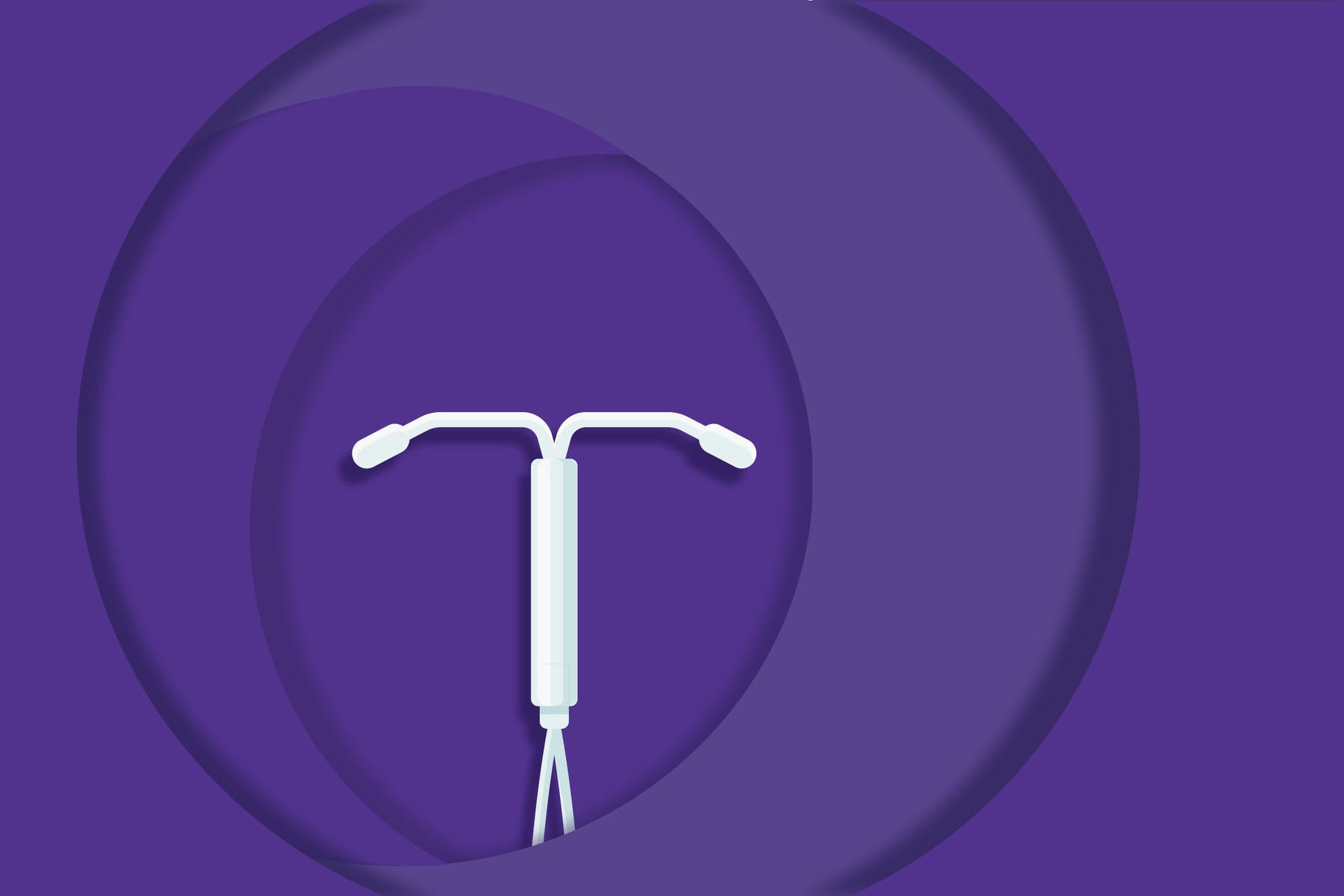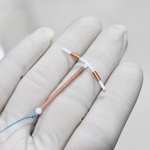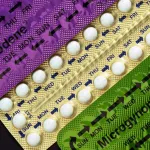A South Carolina initiative to expand contraceptive access, especially right after someone has given birth, has shown mixed results. New research shows that it helped more teenagers get highly effective birth control options such as intrauterine devices but still left most people without access to contraception two months after they have given birth.
The program is intended to curb unintended pregnancy — about half of all pregnancies in the United States — by changing how hospitals get paid if they offer an IUD right after birth. To minimize the risk of premature birth, doctors recommend spacing out pregnancies by 18 months, which has fueled a push to give more people the option of long-acting reversible birth control soon after they have a child.
But IUDs, which are 99 percent effective in preventing pregnancy, can cost close to $1,000, a price tag that has long discouraged hospitals from keeping them in stock and providing them as an option immediately postpartum.
Getting birth control right away can help patients who don’t anticipate having the time to come back for another visit due to transportation or child care issues. Postpartum visits also often aren’t scheduled until six weeks after delivery, at which point, in South Carolina, many people whose pregnancy qualified them for Medicaid — which insures mostly low-income people and covers almost half of all the nation’s births — have since lost that insurance.
So in 2012, the state introduced a change: If hospitals provided an IUD or implant for someone postpartum, the hospital would get paid both for the delivery and, separately, for the IUD. The change is meant to make that option more financially feasible for hospitals, by specifically covering the cost of the IUD or implant. (Traditionally, Medicaid would pay hospitals a set amount for the full delivery procedure, including, if the hospital had it available, inserting an IUD or contraceptive implant right after delivery if the patient requested it. But that set amount often would not cover the cost of the expensive contraceptive.)
Since 2012, the change has been emulated by more than 30 states hoping to bolster access to contraception and, longer-term, improve health outcomes for people who give birth.
The new research, published Monday in the journal Health Affairs, offers a critical lesson for South Carolina and other states following its footsteps: To improve health outcomes, changing Medicaid payment is a start. But to ensure people can access the full suite of birth control options — and get them at the time and place that works best for them — financing is just one issue.
“Payment is a great thing to do. It’s necessary. But it’s not sufficient,” said Maria Steenland, an assistant professor at Brown University and the study’s lead author.
After the policy took effect, adolescents were significantly more likely to get long-acting reversible contraception immediately after giving birth, the researchers found. But those same gains didn’t necessarily hold for older people. Across the board, most people were not using effective contraception after they had given birth.
“Despite important gains in use of highly effective postpartum contraception among adolescents, by the end of the study period in December 2014 only 41 percent of women overall were using a moderately or highly effective method of contraception by eight weeks postpartum,” the researchers wrote.
The data examined, which spanned March 2012 to December 2014, found that 57 percent of hospitals performing deliveries inserted no IUDs or implants immediately postpartum. Another 31 percent provided the option after fewer than 1 percent of births.
It’s unclear if that is because the contraceptive methods weren’t offered, or because people declined to take them. But the findings, experts said, suggests that medical providers need to be doing more to help patients access their preferred method of contraception.
“When implementation is less than 2 percent, there are probably access barriers,” said Michelle Moniz, an assistant professor of obstetrics and gynecology at the University of Michigan, who has researched the subject but was not an author on this paper. “That suggests incomplete or not successful implementation at those access sites.”
Challenges could include doctors not knowing how to actually insert IUDs or implants — which is not a difficult procedure but requires specific training. Research from Massachusetts and Colorado, which have also implemented the new Medicaid payment policy, underscores medical providers’ discomfort inserting IUDs and implants as a major barrier toward successful implementation of the policy.
Then, hospitals need to make sure they have correctly set up their billing and medical record systems and ensure that they have the cash on hand to purchase those methods of contraception in advance and keep them available in the pharmacy.
“This has required a coordinated effort among not just providers but also nursing staff to know this was an option, the pharmacy, the administration,” said Dr. Dawn Bingham, an OB/GYN in Columbia, South Carolina. “There’s a massive effort.”
Then there’s the issue of making sure pregnant people have had sufficient counseling before they come in for delivery, so that they can decide in advance whether insertion immediately postpartum is in fact right for them. That means ensuring that doctors and health care providers know how to talk about all of the options that exist and that patients have the time and resources to actually visit and consult with their doctor.
That’s essential, Bingham said.
“We know at the end of the day, the most successful form of contraception will be the one the woman chooses, with full informed consent, that she feels best for her,” Bingham said. “One option happens to be postpartum IUD, and to do that, you have to ask, and be ready and prepared.”






